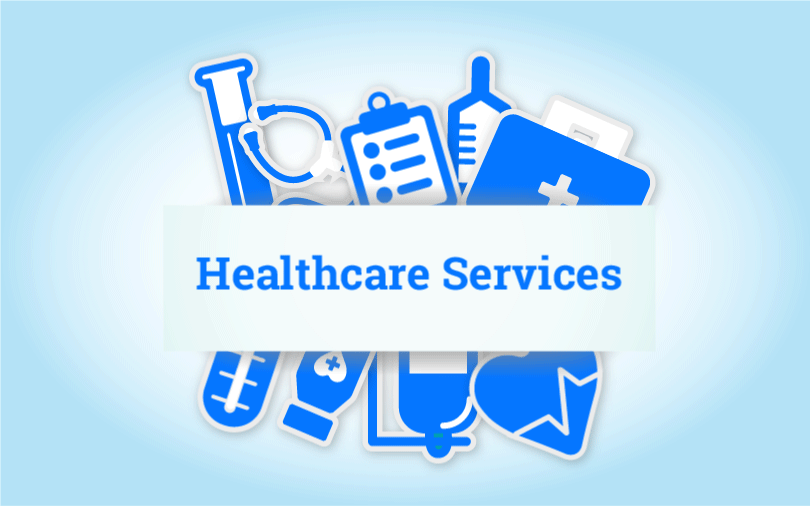
As a Medical Administrative Assistant, you will manage medical information, learn medical terminology, and perform administrative duties within a medical office. After completing the program, you can take the certification exam as a medical administrative assistant. These programs generally last six to 12 months and prepare you for entry-level administrative assistant roles in medical offices.
Job duties
Administrative assistants can perform many administrative tasks within a medical office. While some tasks are simple, others require more specialized training. These tasks can include billing and Coding, which includes translating medical records into codes that are used to bill insurers. In some small clinics, a medical administrative assistant may focus solely on billing and coding, while in larger practices, the job may involve other administrative duties, such as front office support.
Depending on the employer, medical administrative assistants may perform a range of administrative functions and duties, and they report to the office manager or doctor in charge. You may be required to deal with insurance claims, legal matter, or other business matters. These positions may require knowledge of finance or business management. You should know what your employer expects when you apply to the position.

Education requirements
A program in medical administrative assistant can help you get a job in the medical industry. This program focuses on medical sciences and therapeutic functions. Students will also learn how to file insurance paperwork and medical records. This job requires exceptional communication and organizational skills. Certification isn't necessary but employers do prefer certified assistants. Certification can increase your job prospects, and some programs even offer financial aid.
The minimum educational requirement for becoming a medical administrative assistant is a high school diploma. Some employers prefer applicants with knowledge of computer programs. A class in word processing can help increase your chances of getting hired. After you finish your training program, it is likely that you will be able to receive on-the-job training.
Career prospects
To become a medical administrative assistant, you need to complete a post-secondary education. The associate's in medical assistant is the most sought-after course for this role. It teaches basic skills and office software. Additionally, you will learn about medical ethics, medical law, and medical billing. This certification will help to land your first job.
Career prospects for medical administrative assistants are good, as the healthcare industry is growing faster than most occupations. Employment opportunities are projected to grow by a whopping 22 percent between 2016 and 2026, according to CareerExplorer. The growth projections reflect an additional 129,000 U.S. job and the retirements of approximately 5,200 U.S citizens over that time.

Salary
The salary for medical administrative assistants varies depending on where you live. The average entry-level wage is $20 an hour. Entry-level medical assistants will be less likely to be hired than those who have more experience. As you gain experience, your salary may increase. You may eventually be promoted to a chief medical administrative assistant or a senior medical officer. These positions pay significantly higher than those with less previous experience.
Some medical administrative assistants might choose to specialize in one area such as medical billing, or medical coding. These positions may also be a gateway to other careers in healthcare. Some medical assistants might choose to become registered nurses, physical therapy assistants, phlebotomists or diagnostic medical sonographers. An assistant can demand a more lucrative salary package by completing this level of training.
FAQ
What would happen if Medicare was not available?
Americans who are not insured will see an increase. Employers will be forced to terminate their employees' plans. Many seniors will also have higher out-of pocket costs for prescription drugs or other medical services.
Which are the three levels of care in a health facility?
The first level is general practice clinics which provide basic medical services for patients who do not require hospital admission. If required, they can refer patients for treatment to other providers. This could include general practitioners and nurse practitioners as well as midwives.
The second level includes primary care centers that offer outpatient comprehensive care including emergency treatment. These include hospitals, walk in clinics, urgent care centres, family planning clinics and sexual health clinics.
The third level are secondary care centers, which offer specialist services such eye surgeries, orthopedic surgery, and neurosurgery.
What does the expression "healthcare" refer to?
It is the provision of services for maintaining good physical and psychological health.
What will be the impact on the health care industry if there will be no Medicare?
Medicare is an entitlement program that offers financial assistance to low-income families and individuals who can't afford their premiums. This program benefits more than 40,000,000 Americans.
Millions of Americans would be without coverage if this program was not in place. Private insurers will stop offering policies for people with pre-existing conditions.
What are the health services?
Patients need to be aware that they can get quality healthcare any time. We are here to help, no matter if you have an emergency or need a routine check-up.
We offer many different types of appointments, including walk-in clinics, same-day surgery, emergency department visits, and outpatient procedures. For those who live outside of our clinic, we also offer home care visits. If you feel uncomfortable coming to our office, we will make sure you receive prompt treatment at your nearest hospital.
Our team includes dentists and doctors as well pharmacists and nurses. We aim to ensure that each visit is as convenient and painless as possible.
Statistics
- For the most part, that's true—over 80 percent of patients are over the age of 65. (rasmussen.edu)
- About 14 percent of Americans have chronic kidney disease. (rasmussen.edu)
- Price Increases, Aging Push Sector To 20 Percent Of Economy". (en.wikipedia.org)
- For instance, Chinese hospital charges tend toward 50% for drugs, another major percentage for equipment, and a small percentage for healthcare professional fees. (en.wikipedia.org)
- The health share of the Gross domestic product (GDP) is expected to continue its upward trend, reaching 19.9 percent of GDP by 2025. (en.wikipedia.org)
External Links
How To
What is the Healthcare Industry Value Chain
The entire healthcare industry value-chain includes all activities related to providing healthcare services to patients. This includes the business processes within hospitals and clinics and the supply chains that connect them to other providers such as physicians, nurses, pharmacists, insurance companies, manufacturers, wholesalers, and distributors. The end result is a continuum of care that begins with diagnosis and ends with discharge.
There are four components to the value chain:
-
Business Processes: These are all the tasks performed by people throughout the entire delivery of healthcare. For example, a physician might perform an examination, prescribe medication, and then send a prescription to a pharmacy for dispensing. Every step must be done efficiently and accurately.
-
Supply Chains are all the organizations responsible for making sure the right supplies reach their intended recipients at the right time. A typical hospital has many suppliers. They include pharmacies as well lab testing facilities, imaging center, and even janitorial employees.
-
Networked Organizations (NO) - In order to coordinate the various entities, communication must exist between all parts of the system. Hospitals have many departments. Each has its own number of phones and offices. Employees will be able to access a central point for information and updates in every department.
-
Information Technology Systems - IT is critical in ensuring that business processes run smoothly. Without it, everything could go down quickly. IT also allows you to integrate new technologies in the system. A secure network connection can be used by doctors to connect electronic medical records to their workflow.